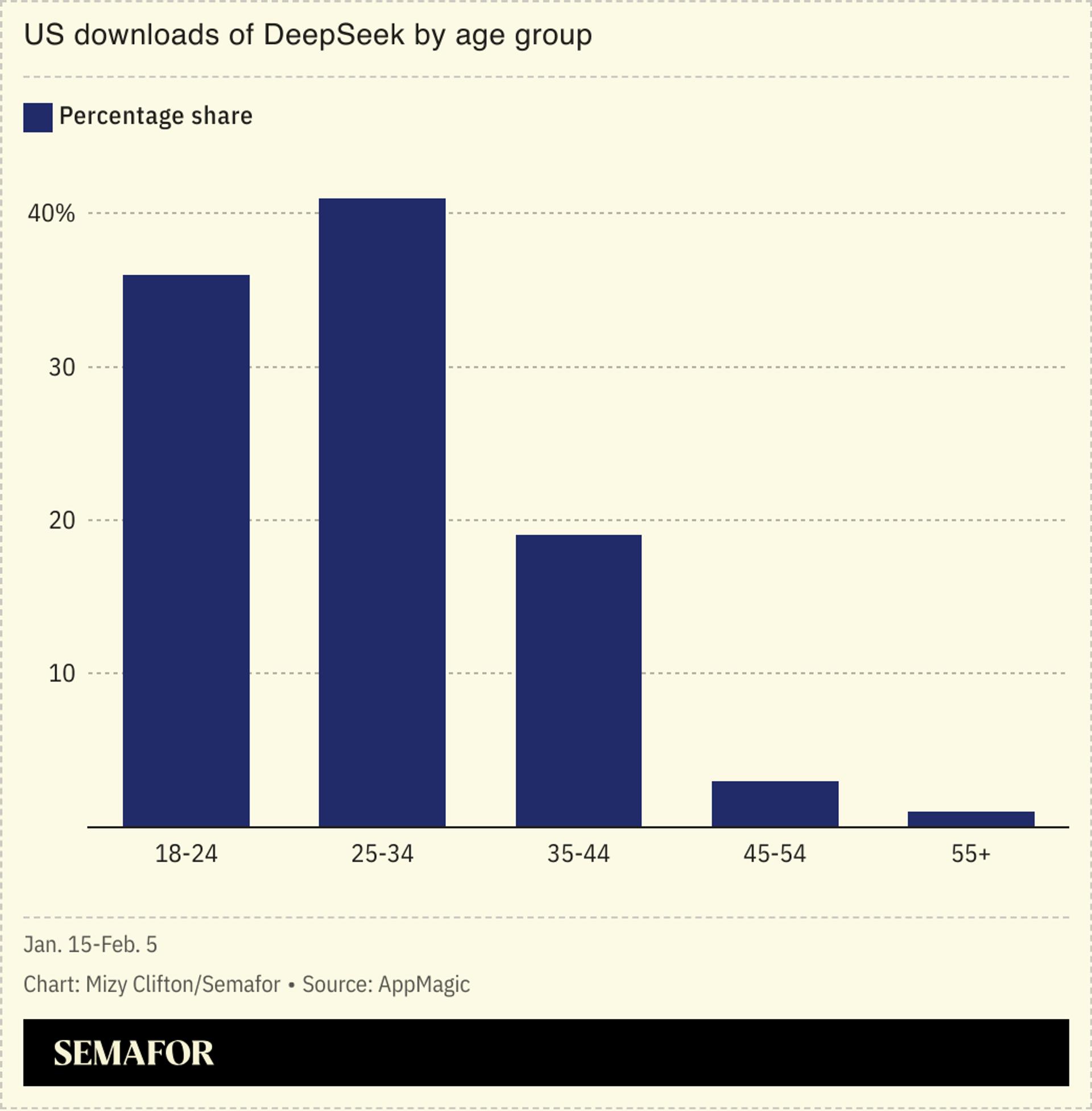www.marktechpost.com
As deep learning models continue to grow, the quantization of machine learning models becomes essential, and the need for effective compression techniques has become increasingly relevant. Low-bit quantization is a method that reduces model size while attempting to retain accuracy. Researchers have been determining the best bit-width for maximizing efficiency without compromising performance. Various studies have explored different bit-width settings, but conflicting conclusions have arisen due to the absence of a standardized evaluation framework. This ongoing pursuit influences the development of large-scale artificial intelligence models, determining their feasibility for deployment in memory-constrained environments.A major challenge in low-bit quantization is identifying the optimal trade-off between computational efficiency & model accuracy. The debate over which bit-width is most effective remains unresolved, with some arguing that 4-bit quantization provides the best balance, while others claim that 1.58-bit models can achieve comparable results. However, prior research has lacked a unified methodology to compare different quantization settings, leading to inconsistent conclusions. This knowledge gap complicates establishing reliable scaling laws in low-bit precision quantization. Moreover, achieving stable training in extremely low-bit settings poses a technical hurdle, as lower-bit models often experience significant representational shifts compared to higher-bit counterparts.Quantization approaches vary in their implementation and effectiveness. After training a model in full precision, post-training quantization (PTQ) applies quantization, making it easy to deploy but prone to accuracy degradation at low bit-widths. Quantization-aware training (QAT), on the other hand, integrates quantization into the training process, allowing models to adapt to low-bit representations more effectively. Other techniques, such as learnable quantization and mixed-precision strategies, have been explored to fine-tune the balance between accuracy and model size. However, these methods lack a universal framework for systematic evaluation, making it difficult to compare their efficiency under different conditions.Researchers at Meta have introduced ParetoQ, a structured framework designed to unify the assessment of sub-4-bit quantization techniques. This framework allows rigorous comparisons across different bit-width settings, including 1-bit, 1.58-bit, 2-bit, 3-bit, and 4-bit quantization. By refining training schemes and bit-specific quantization functions, ParetoQ achieves improved accuracy and efficiency over previous methodologies. Unlike prior works that independently optimize for specific bit levels, ParetoQ establishes a consistent evaluation process that objectively compares quantization trade-offs.ParetoQ employs an optimized quantization-aware training strategy to minimize accuracy loss while maintaining model compression efficiency. The framework refines bit-specific quantization functions and tailors training strategies for each bit-width. A critical finding from this study is the distinct learning transition observed between 2-bit and 3-bit quantization. Models trained at 3-bit precision and higher maintain representation similarities with their original pre-trained distributions, while models trained at 2-bit or lower experience drastic representational shifts. To overcome this challenge, the framework systematically optimizes the quantization grid, training allocation, and bit-specific learning strategies.Extensive experiments confirm the superior performance of ParetoQ over existing quantization methods. A ternary 600M-parameter model developed using ParetoQ outperforms the previous state-of-the-art ternary 3B-parameter model in accuracy while utilizing only one-fifth of the parameters. The study demonstrates that 2-bit quantization achieves an accuracy improvement of 1.8 percentage points over a comparable 4-bit model of the same size, establishing its viability as an alternative to conventional 4-bit quantization. Further, ParetoQ enables a more hardware-friendly implementation, with optimized 2-bit CPU kernels achieving higher speed and memory efficiency compared to 4-bit quantization. The experiments also reveal that ternary, 2-bit and 3-bit quantization models achieve better accuracy-size trade-offs than 1-bit and 4-bit quantization, reinforcing the significance of sub-4-bit approaches.The findings of this study provide a strong foundation for optimizing low-bit quantization in large language models. By introducing a structured framework, the research effectively addresses the challenges of accuracy trade-offs and bit-width optimization. The results indicate that while extreme low-bit quantization is viable, 2-bit and 3-bit quantization currently offer the best balance between performance and efficiency. Future advancements in hardware support for low-bit computation will further enhance the practicality of these techniques, enabling more efficient deployment of large-scale machine learning models in resource-constrained environments.Check outthePaper.All credit for this research goes to the researchers of this project. Also,dont forget to follow us onTwitterand join ourTelegram ChannelandLinkedIn Group. Dont Forget to join our75k+ ML SubReddit. NikhilNikhil is an intern consultant at Marktechpost. He is pursuing an integrated dual degree in Materials at the Indian Institute of Technology, Kharagpur. Nikhil is an AI/ML enthusiast who is always researching applications in fields like biomaterials and biomedical science. With a strong background in Material Science, he is exploring new advancements and creating opportunities to contribute.Nikhilhttps://www.marktechpost.com/author/nikhil0980/Meet ZebraLogic: A Comprehensive AI Evaluation Framework for Assessing LLM Reasoning Performance on Logic Grid Puzzles Derived from Constraint Satisfaction Problems (CSPs)Nikhilhttps://www.marktechpost.com/author/nikhil0980/Princeton University Researchers Introduce Self-MoA and Self-MoA-Seq: Optimizing LLM Performance with Single-Model EnsemblesNikhilhttps://www.marktechpost.com/author/nikhil0980/NYU Researchers Introduce WILDCHAT-50M: A Large-Scale Synthetic Dataset for Efficient LLM Post-TrainingNikhilhttps://www.marktechpost.com/author/nikhil0980/This AI Paper from Meta Introduces Diverse Preference Optimization (DivPO): A Novel Optimization Method for Enhancing Diversity in Large Language Models [Recommended] Join Our Telegram Channel










